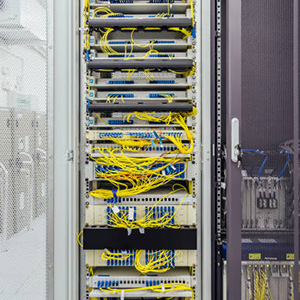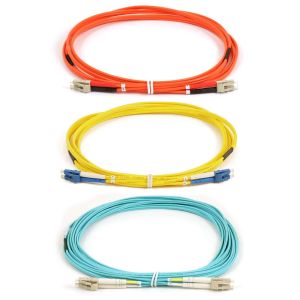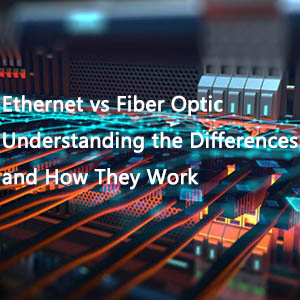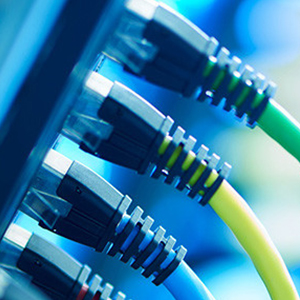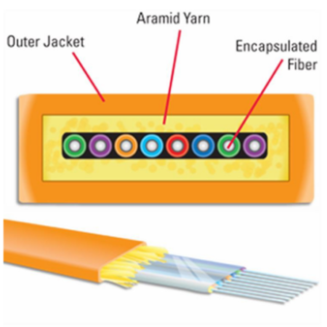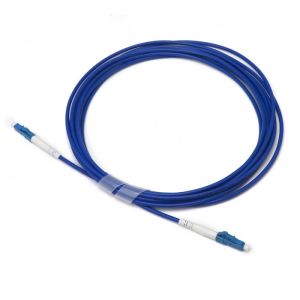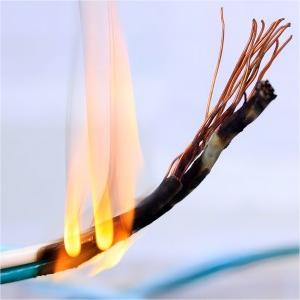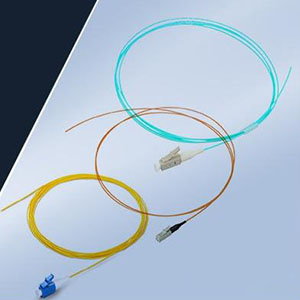In the ever-expanding digital realm, data centers have become the heartbeat of enterprise networks. Choosing the right cabling strategy is paramount for the seamless operation of these digital powerhouses. This article delves into the strategic deployment of Single-mode fibers in data centers, guiding you towards an optimal cabling solution.
The Ascendancy of Single-Mode Fibers in Data Centers
Long-Distance Transmission Excellence
Modern, sprawling data centers often house servers and network equipment across vast distances. For instance, spine-leaf cabling architectures may span hundreds of meters. Single-mode optical fiber emerges as a superior long-distance solution in such scenarios. The attribute? Its minuscule optical core diameter of approximately 9μm, which significantly reduces signal attenuation, facilitating transmission over extended ranges. Take OS2 optical fiber, for example; it can sustain distances of up to 10km with an SFP+ transceiver and LC duplex connector. In contrast, multimode fiber, typified by OM4, caters to shorter distances, supporting 10G over 400 meters and 40/100G over 150 meters, contingent upon the transceiver.
The table below shows the transmission distance of single-mode and multimode fiber optic cables.
| Fiber Optic Cable Type | Fiber Cable Distance | ||||
|---|---|---|---|---|---|
| Core Cladding (um) | 1G Ethernet 1000BASE-SX | 10G Base SE-SR | 100G Base SR10 | ||
| Multimode | OM1 | 62.5/125 | 275m | / | / |
| OM2 | 50/125 | 550m | / | / | |
| OM3 | 50/125 | 550m | 300m | 100m | |
| OM4 | 50/125 | 550m | 400m | 150m | |
| OM5 | 50/125 | 550m | 300m | 150m | |
| Singlemode | OS1/OS2 | 9/125 | 5km | 10km | / |
Enhanced Bendability
Single-mode fibers optic cables boast a compact bending radius, an attribute that renders them ideal for environments demanding tight bends or limited space. While G.652.D sets the standard bend radius for single-mode patch cables at 30 millimeters, the latest iterations adhere to the G.657.A1 standard, allowing a mere 10mm bend radius—three times smaller than the G.652 standard. This feature is particularly advantageous in space-constrained, densely cabled data centers.
Extended Service Life
Single-mode fibers offers longevity, dealing with fewer fiber generations over time. A decade-old OS2 optical fiber installation could still support a cutting-edge 100 Gb/s network, such as 100GBASE-DR at 500 meters, with only connectors requiring replacement. Conversely, older multimode types like OM1 or OM2 would fall short in supporting a 100GBASE-SR4 network, with OM3 managing only 70 meters and OM4/OM5 reaching 100 meters.
Lower Signal Loss
Single-mode fibers is renowned for its low signal loss, preserving data integrity across the fiber optic cables and ensuring dependable, high-fidelity communication. The smaller optical core diameter results in a more concentrated beam, curtailing the inter-mode interference prevalent in multi-mode fiber. This attribute not only bolsters data security but also minimizes the risk of eavesdropping or interference.

Strategic Considerations for Data Center Cabling
Scalability: With data volumes surging, planning for expansion is imperative. A scalable cabling system allows data centers to embrace growth effortlessly. Single-mode cabling excels in this regard, adept at managing higher data rates over long distances.
Security: In the high-stakes world of data centers, security is non-negotiable. Single-mode fibers, with their smaller core diameter, exponentially increase the difficulty for potential eavesdroppers to intercept transmitted data.
Conclusion
Single-mode fibers has distinguished itself as the cabling choice for forward-thinking data centers, thanks to its long-distance transmission capabilities, adaptability in confined spaces, and minimal signal loss. These attributes empower data center managers to construct robust, future-proof cabling infrastructures. However, navigating the research and decision-making can be daunting. As a fiber data center manager, you’re not alone in this quest. Fiber-Life.com stands ready with solutions and expertise to guide you in making informed, strategic decisions.

